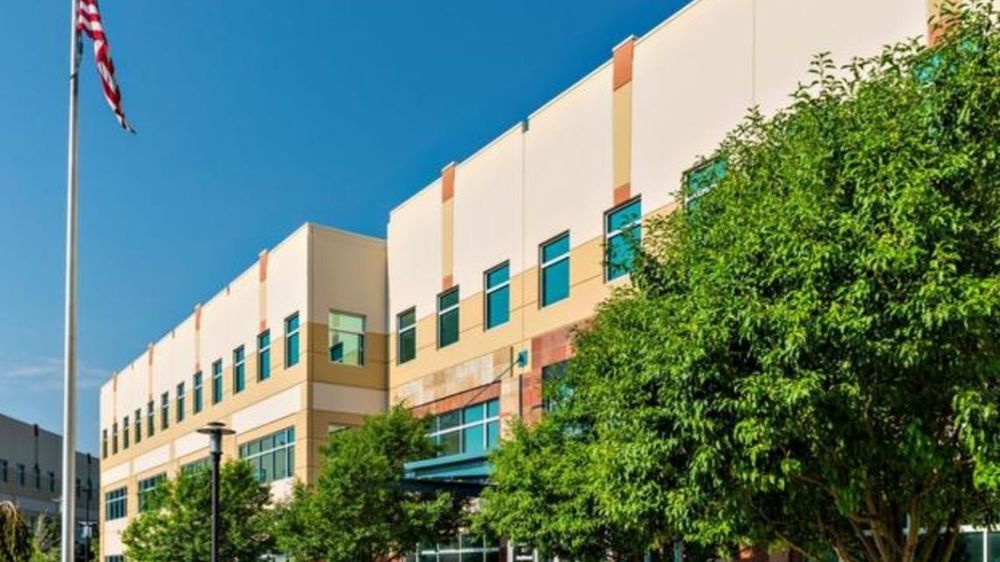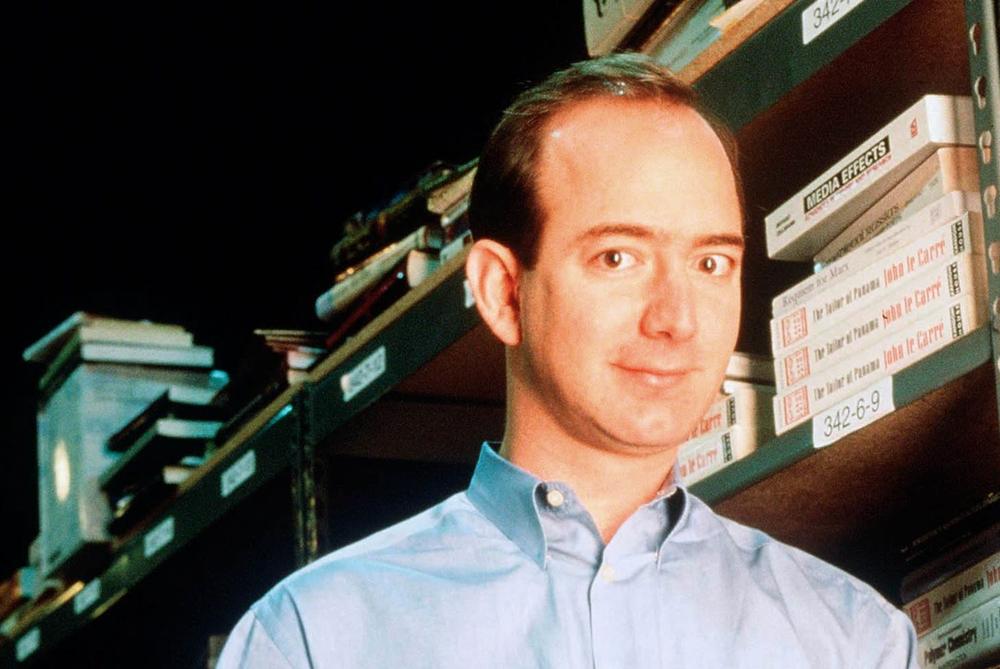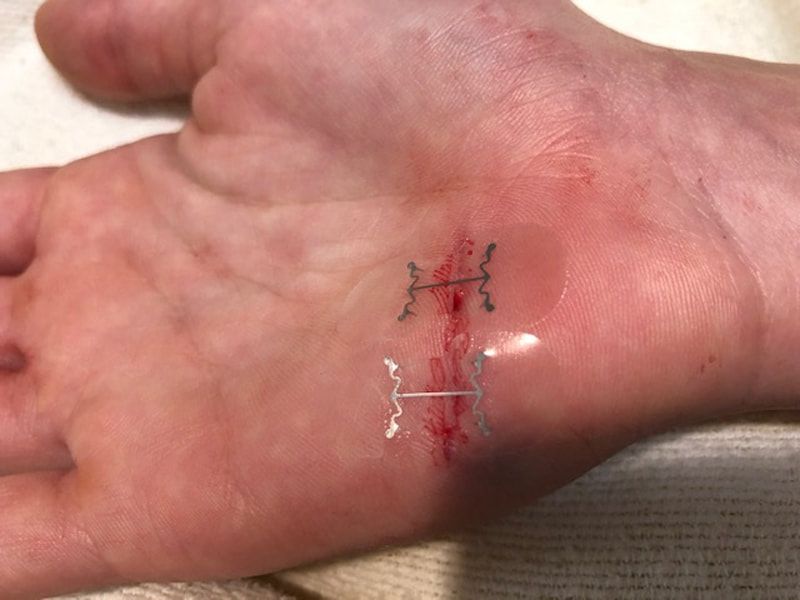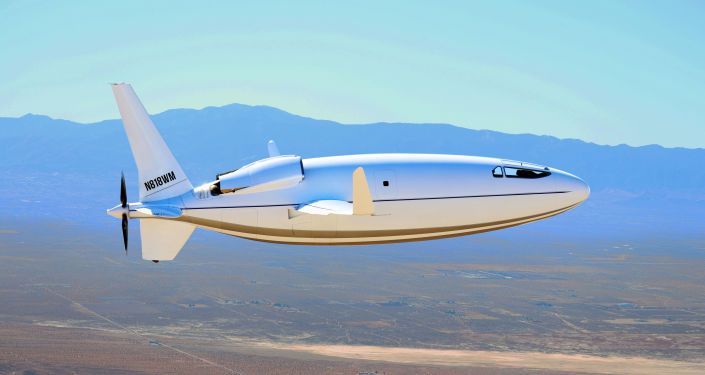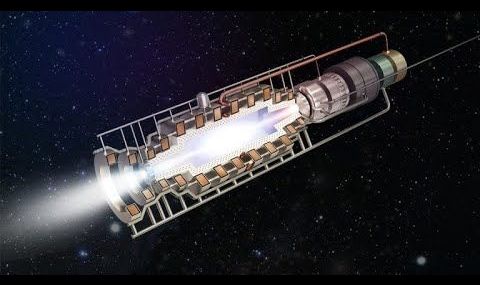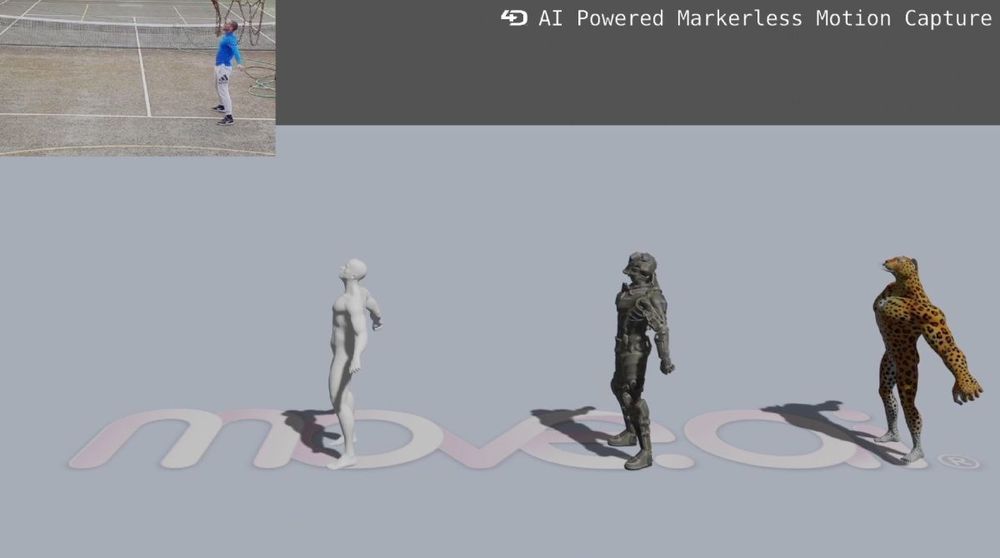Sep 3, 2020
Raytheon hiring hundreds in Aurora as aerospace boom continues
Posted by Quinn Sena in categories: business, employment
The giant Waltham, Massachusetts-based defense contractor (NYSE: RTX) is hiring to fill 200 open positions in Aurora, where Raytheon already employs 2,500 people.
Depending on how fast Raytheon finds candidates, the number of open jobs could rise because of the company’s growth, said Sullivan, the business’ top local executive. Raytheon last year expected to increase its workforce in Aurora by 400 to 500 positions by 2024.
